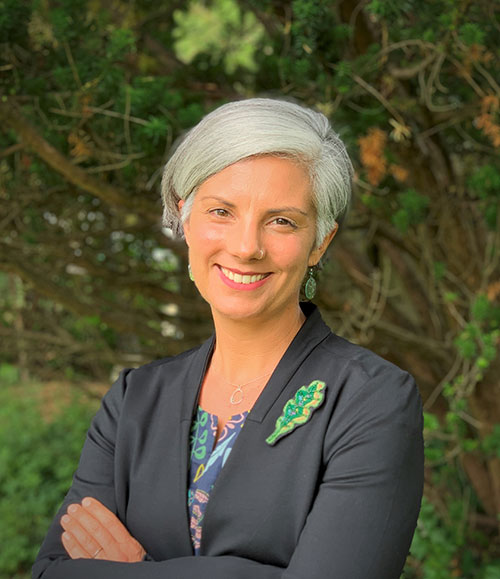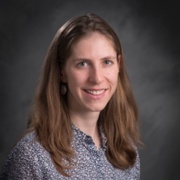EEB researchers address big questions in climate change
As the planet experiences the effects of climate change, questions arise about the future of our planet and daily life in general. EEB Assistant Professor Kyla Dahlin and Associate Professor Phoebe Zarnetske explain how their research addresses big questions about a changing climate.
If trees and plants can absorb the additional carbon dioxide in the atmosphere, then why don’t we just plant more? Aren't increased temperatures and carbon dioxide good for plants?

Trees play an important role in Earth’s carbon cycle and estimating how much carbon dioxide trees are taking in is one of the biggest uncertainties in climate change research. MSU’s Kyla Dahlin is using data collected from satellites and airplanes to estimate how much carbon dioxide gets absorbed by different types of trees. These technologies are making data available that hadn’t been possible previously and could be a game changer for measuring the amount of carbon stored in forests across the globe.
“With climate change, there isn’t a perfect road map for what to plant now because what has grown in an area historically might not be the best choice now,” says Dahlin, an assistant professor in the College of Social Science. “I would recommend planting something that will be there in 100 years considering location, climate, potential disease and insects. The longer a tree can stay healthy, happy and appreciated, the more carbon it will take up.”
Can geoengineering cool the planet?
Phoebe Zarnetske, an associate professor in the College of Natural Science, is part of an international team of scientists in the Climate Intervention Biology working group, which looks at the potential consequences for ecology if geoengineering were to be implemented to temporarily cool Earth’s surface.

Geoengineering consists of multiple methods for either reducing the amount of carbon dioxide in the atmosphere or the amount of solar radiation that is reflected off the Earth’s surface into the atmosphere. One idea is Stratospheric Aerosol Intervention, or SAI, where sulfates would be injected into the atmosphere to block some of the sun’s solar radiation similar to the way volcanic eruptions cool the planet.
“SAI could cool Earth’s surface if we continue to reduce our emissions, but there are many unintended consequences that would have large impacts on ecology and ecosystem services, including uneven cooling, changes in precipitation, reductions in ozone and associated increases in surface UV and continued ocean acidification,” Zarnetske says. “Although climate scientists have been researching geoengineering scenarios for decades, the potential impacts on biodiversity and ecosystems are unknown.”
Read the full article at MSU Today.



